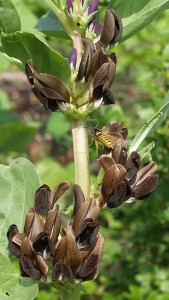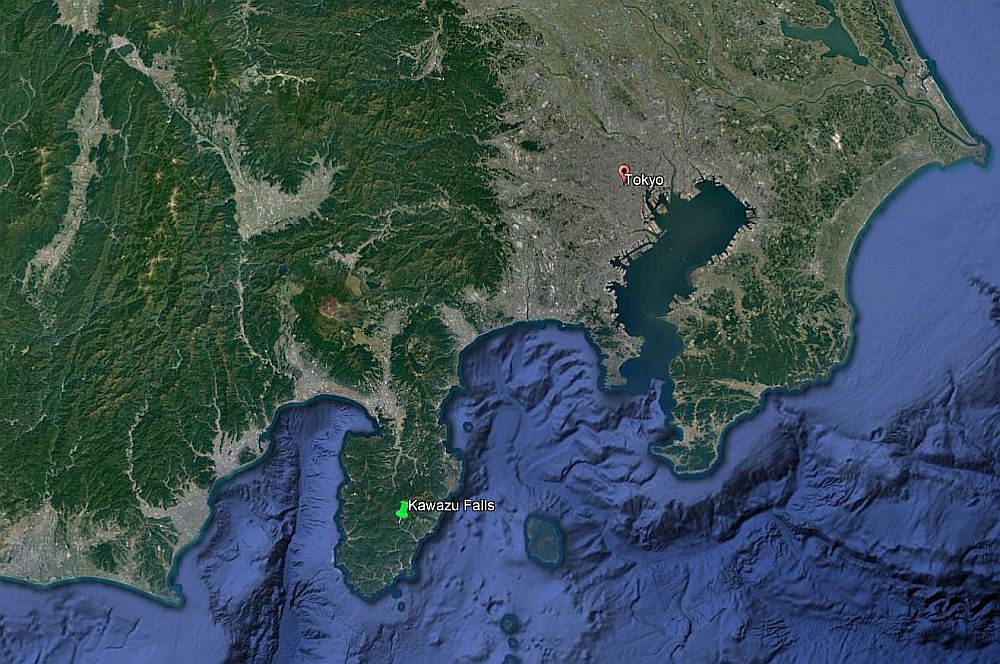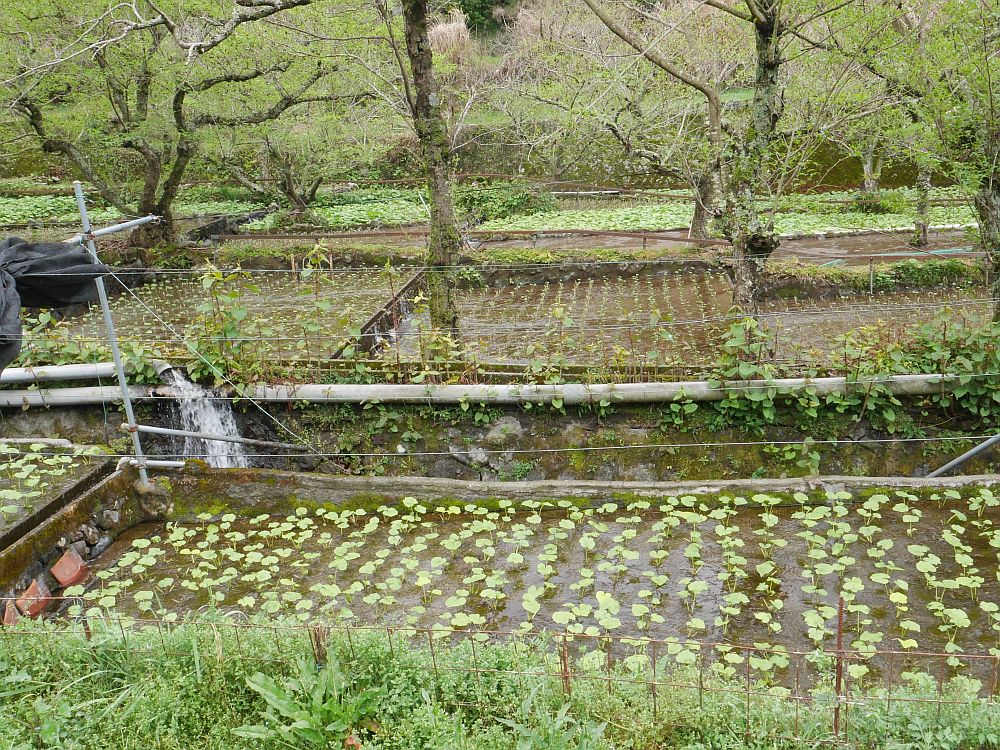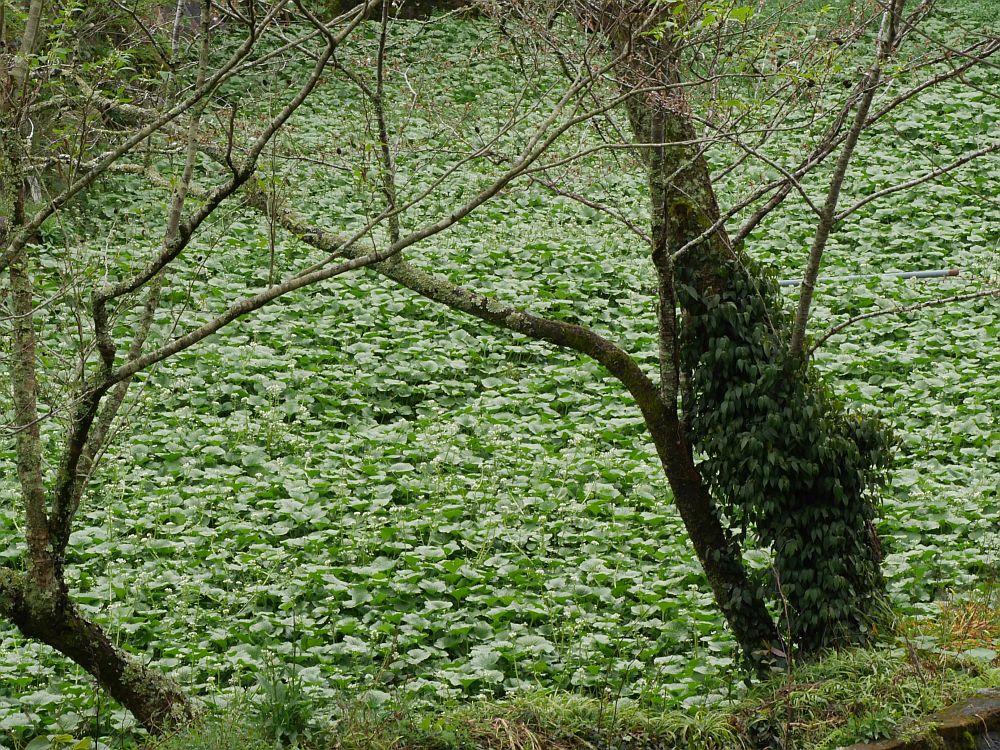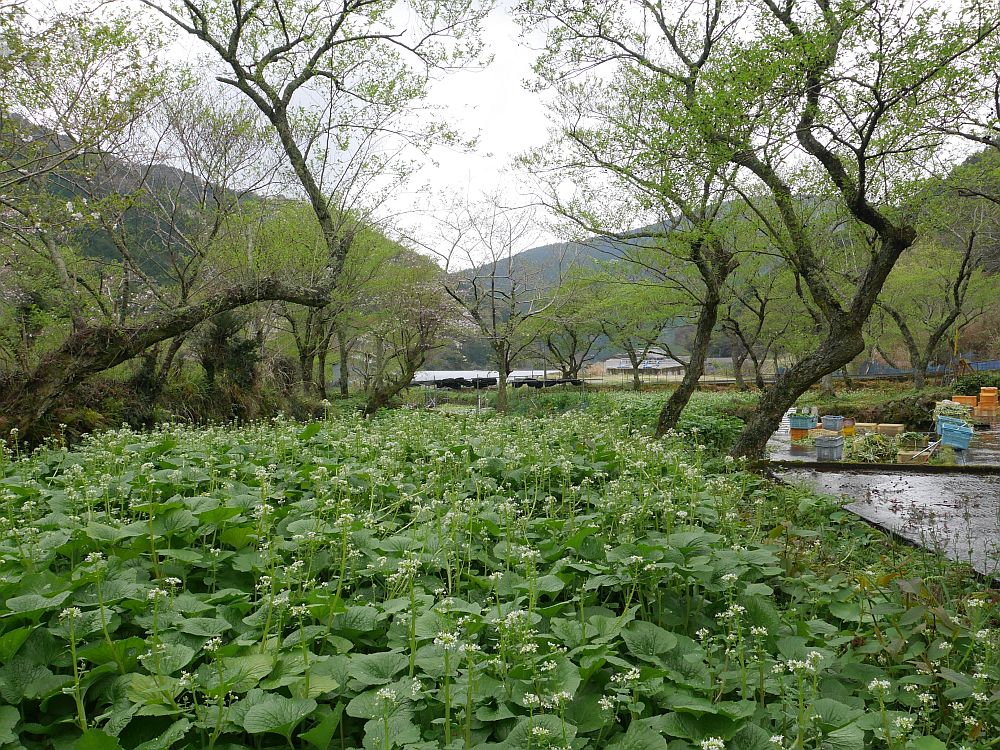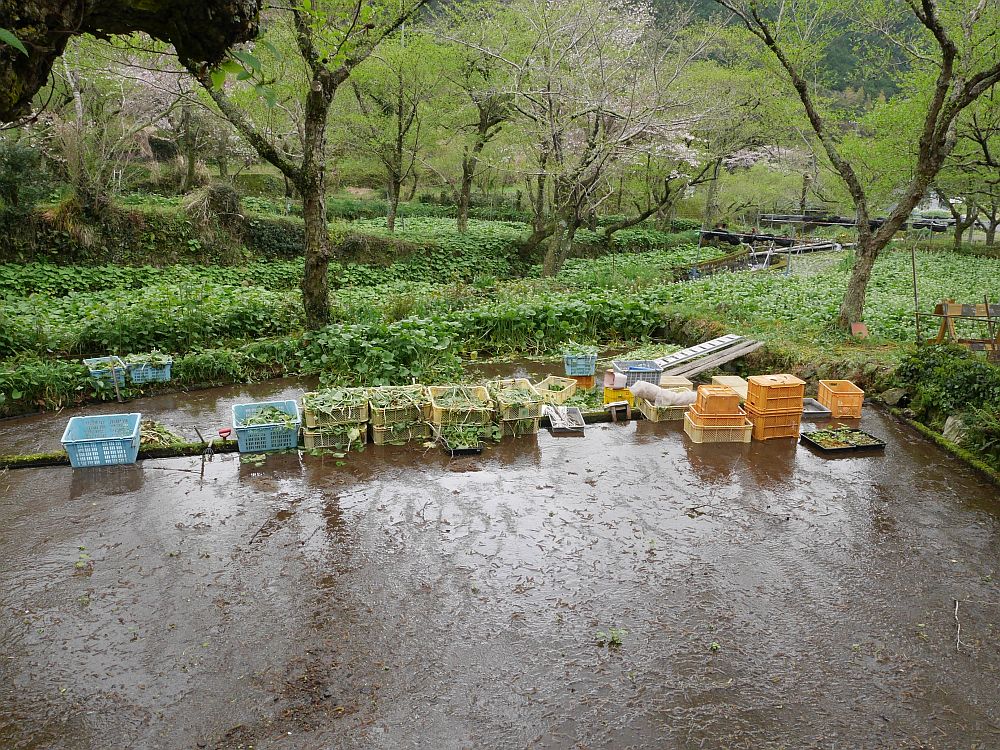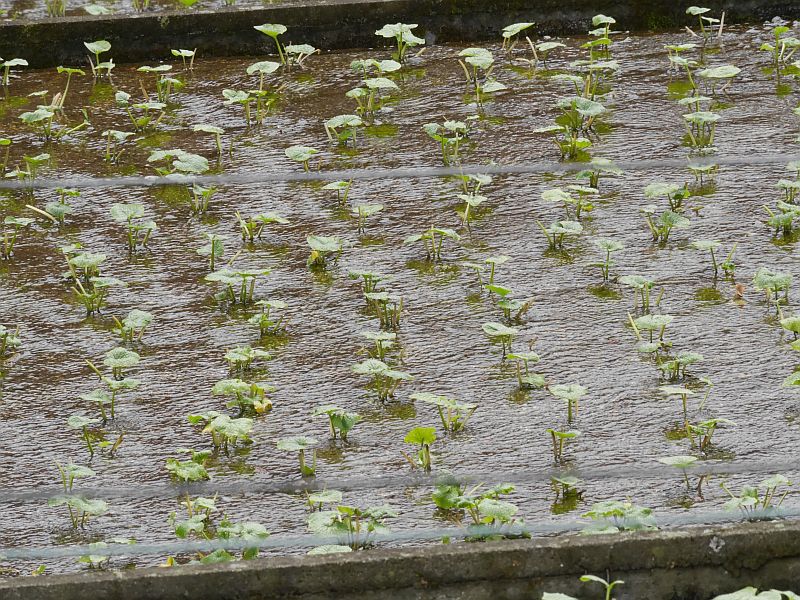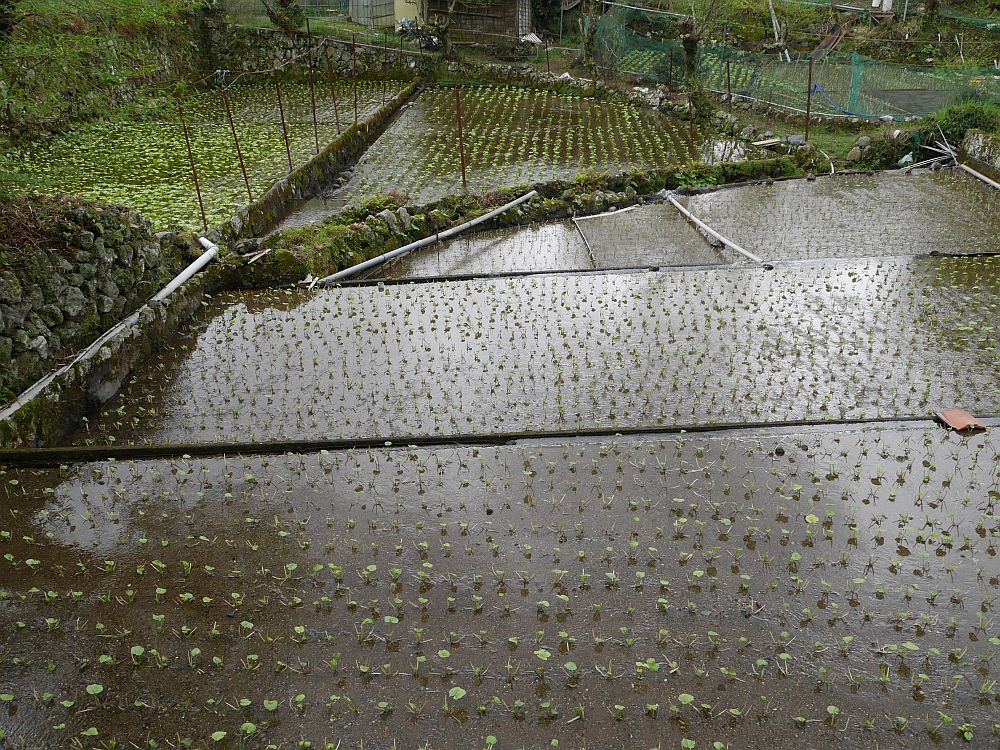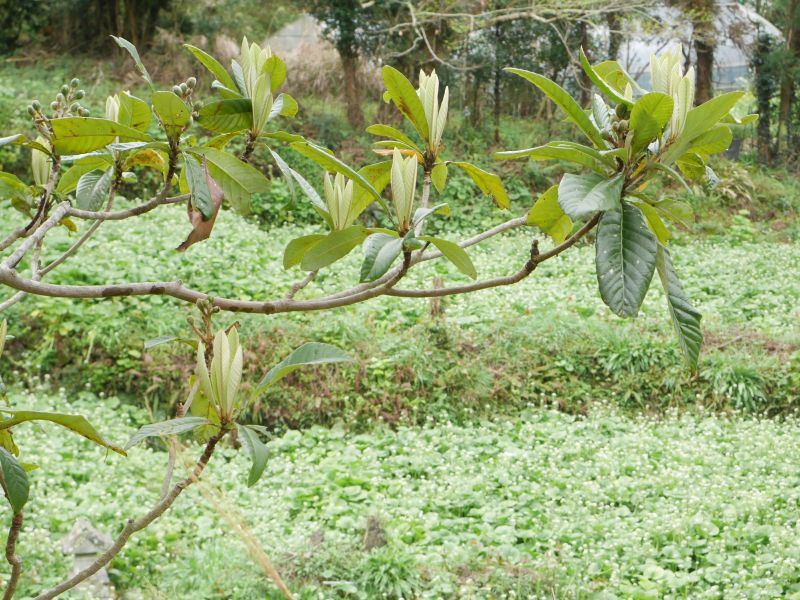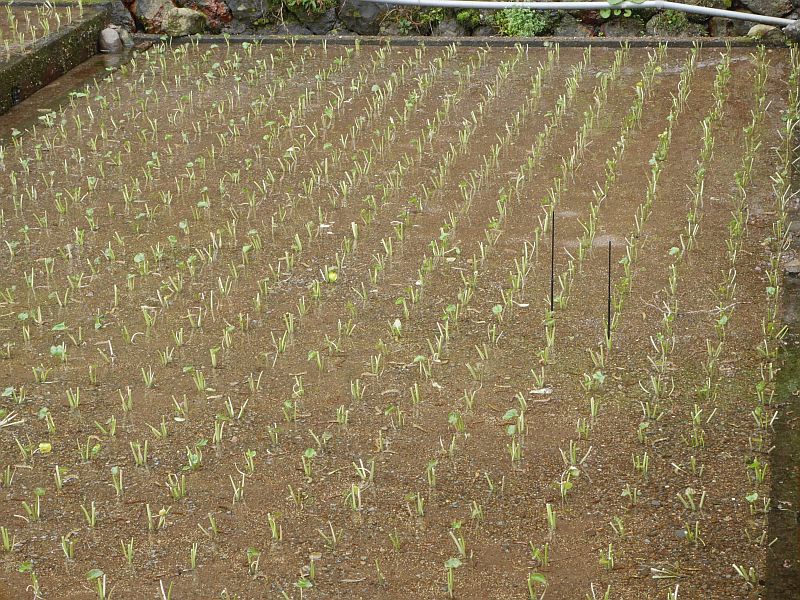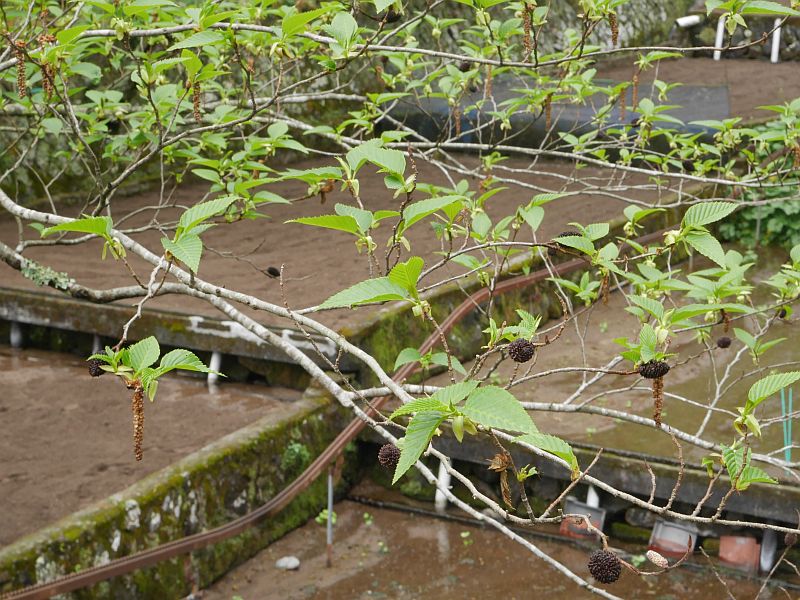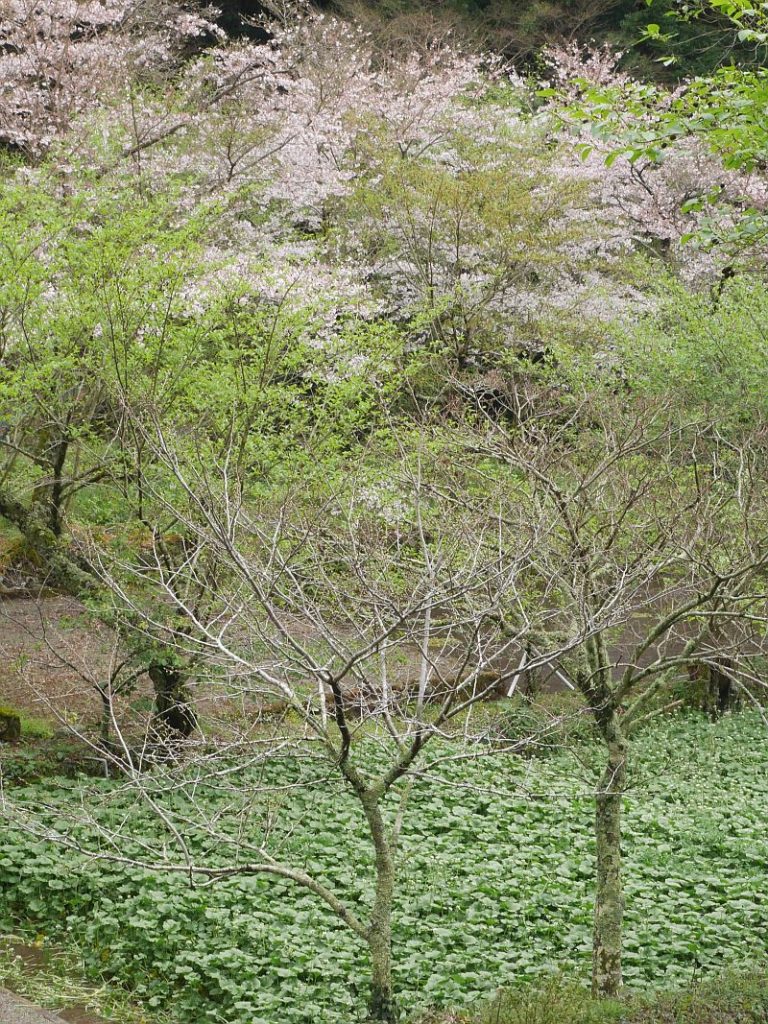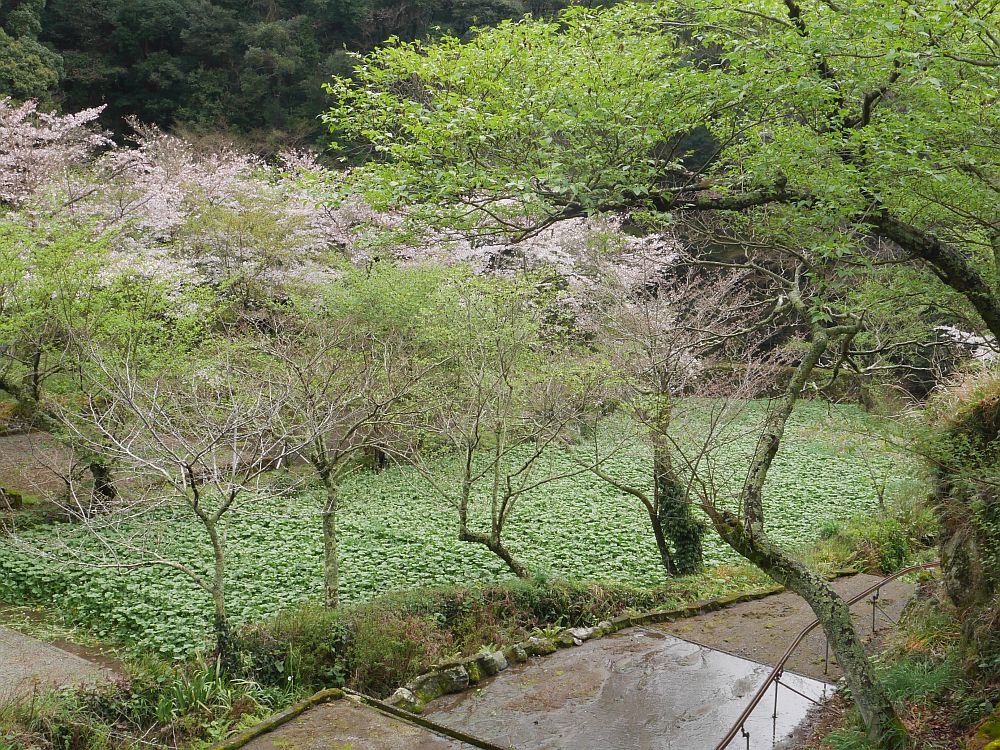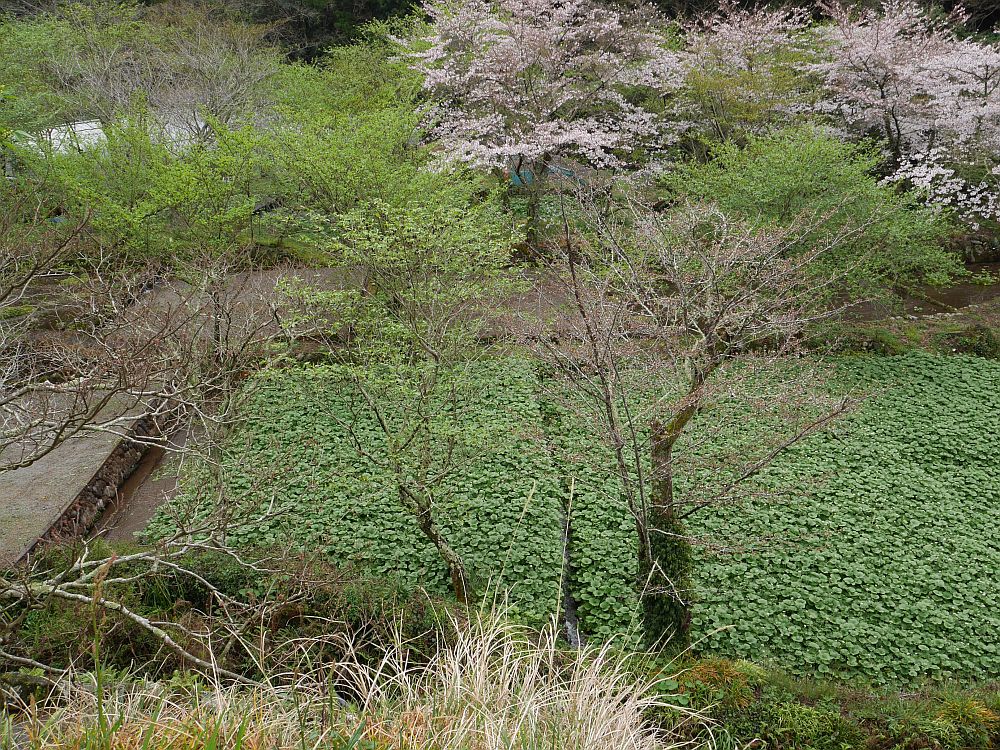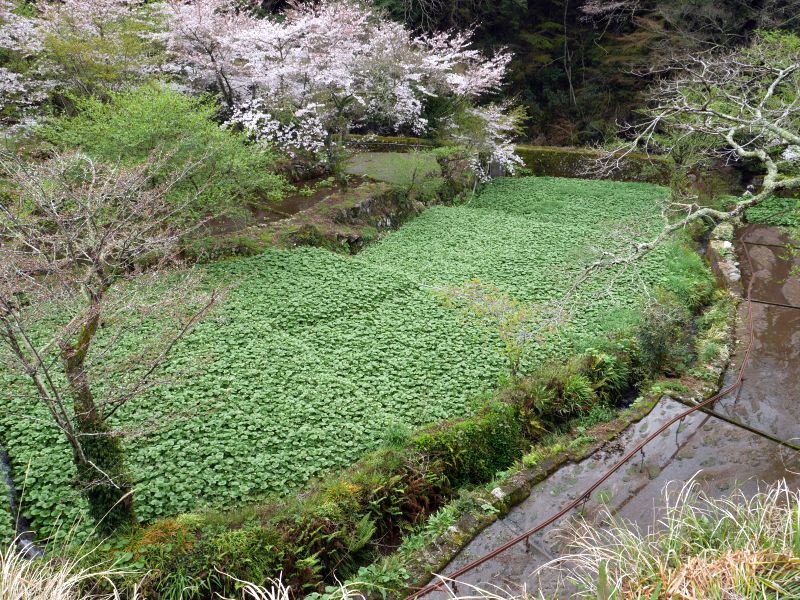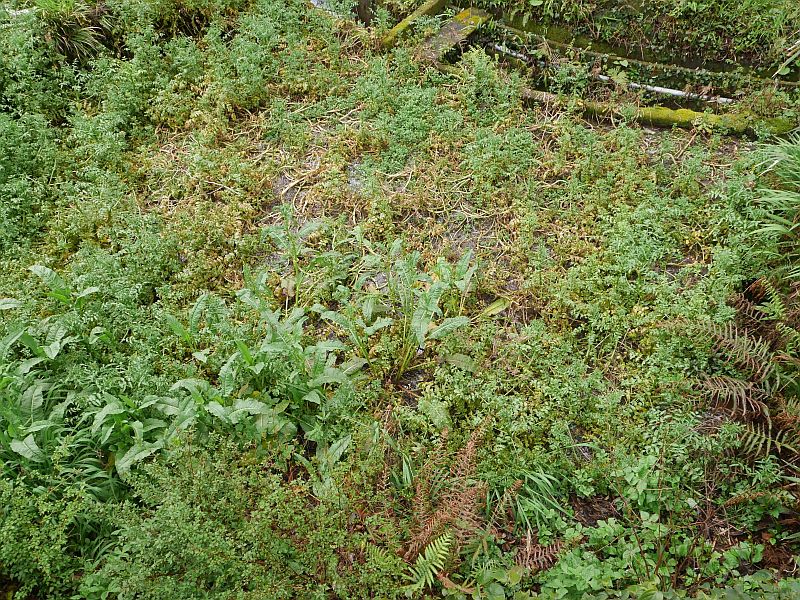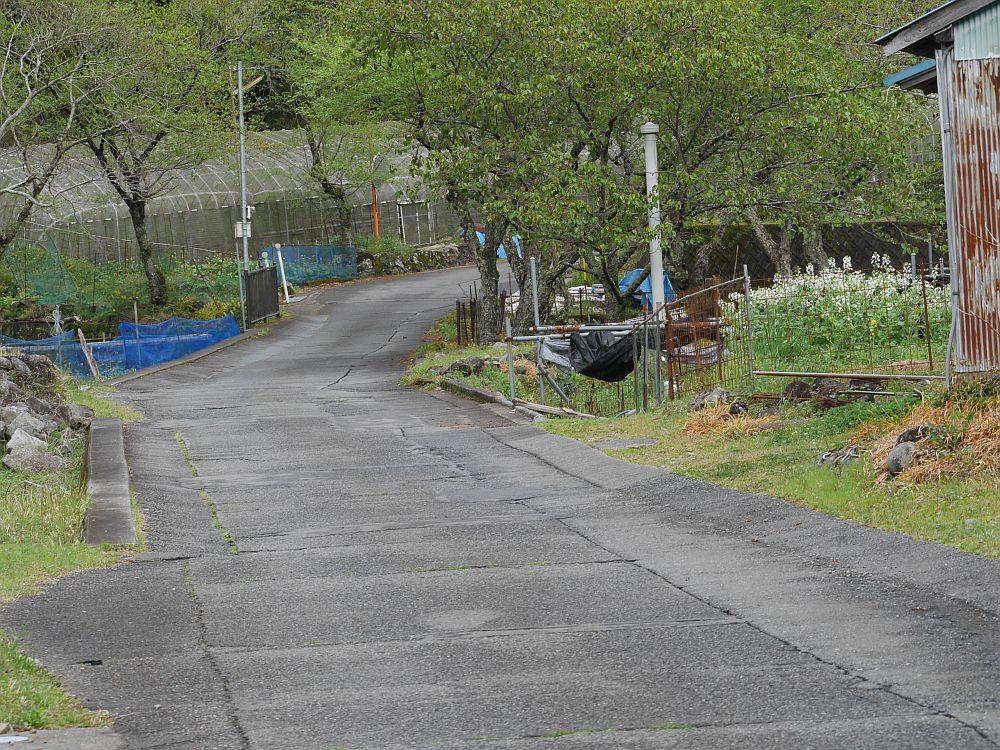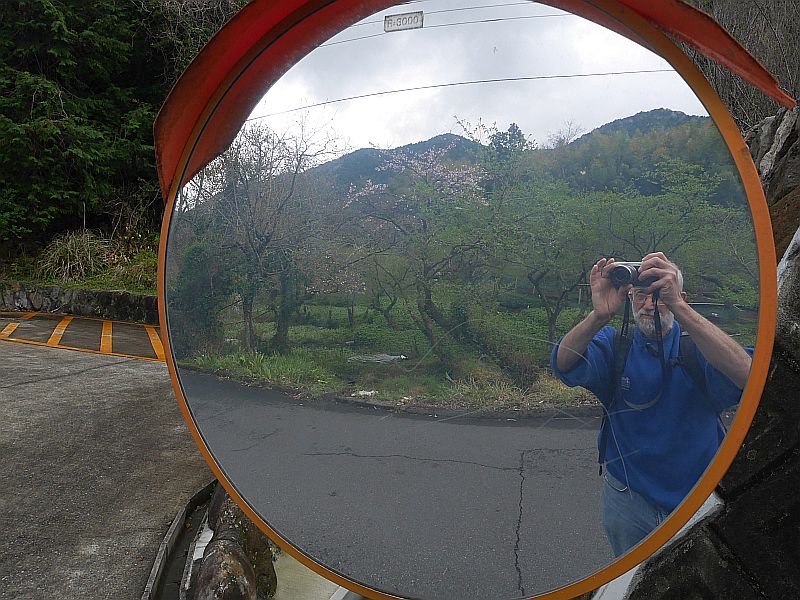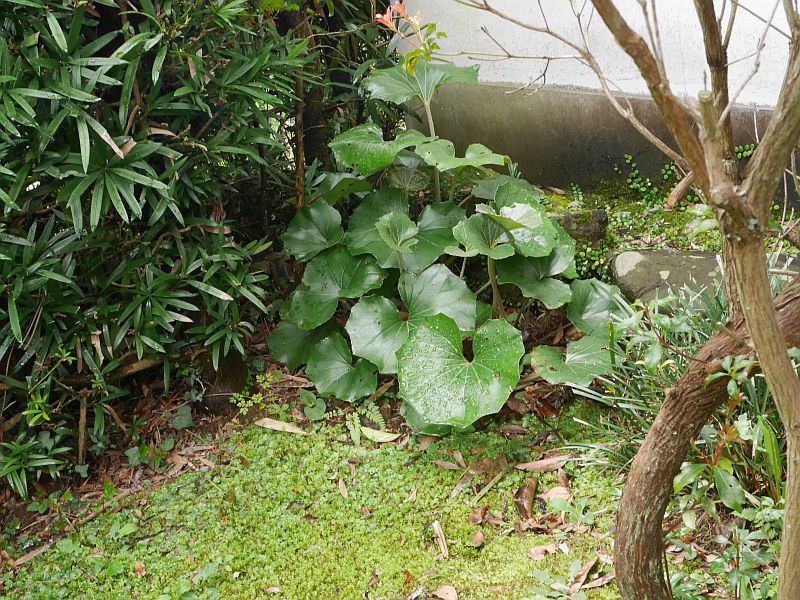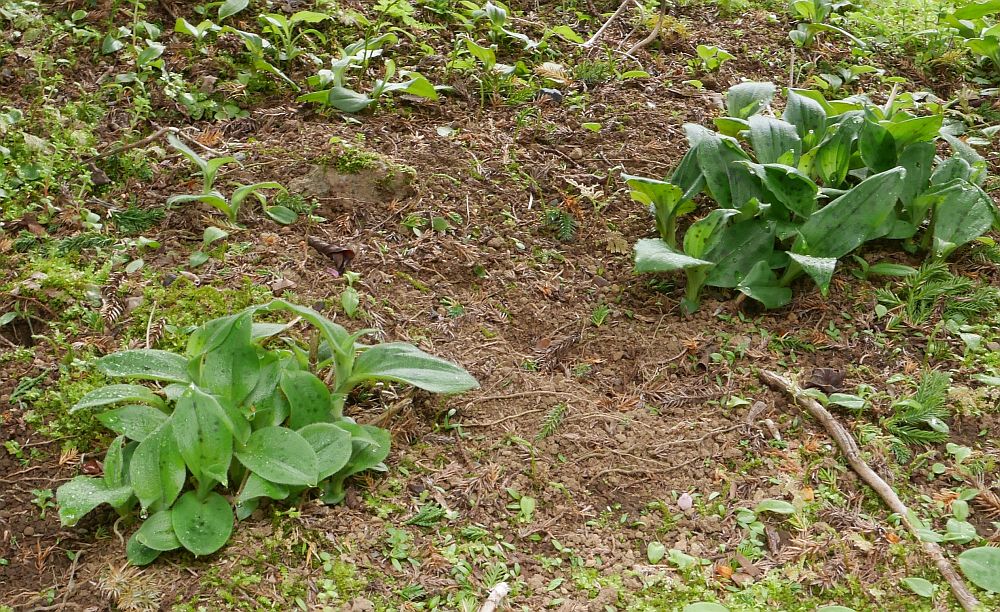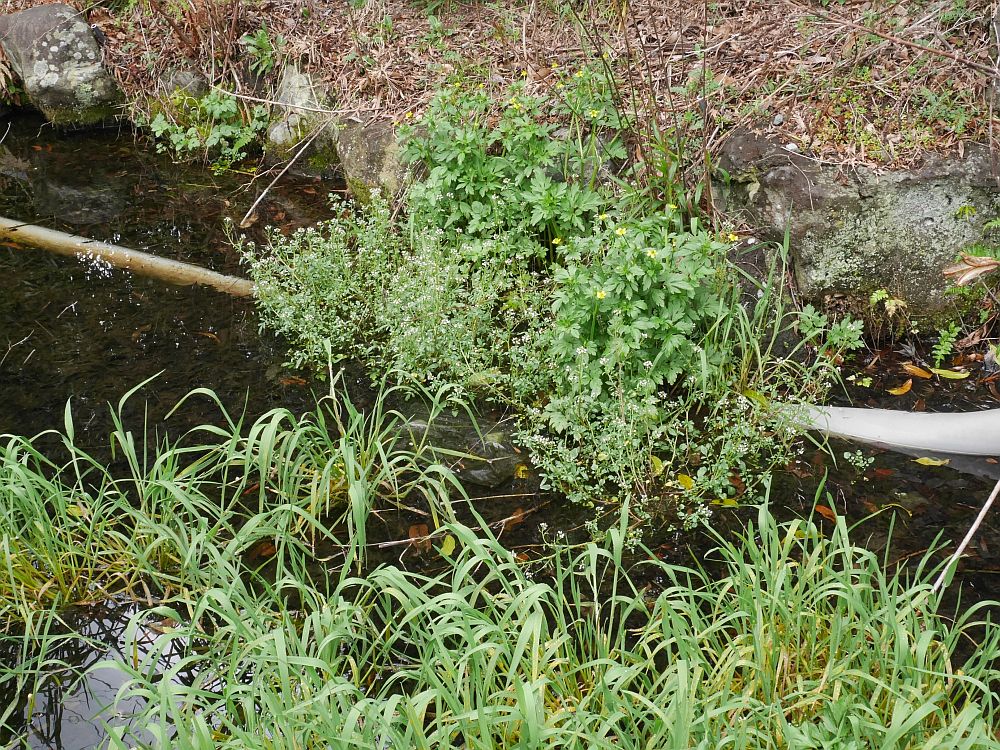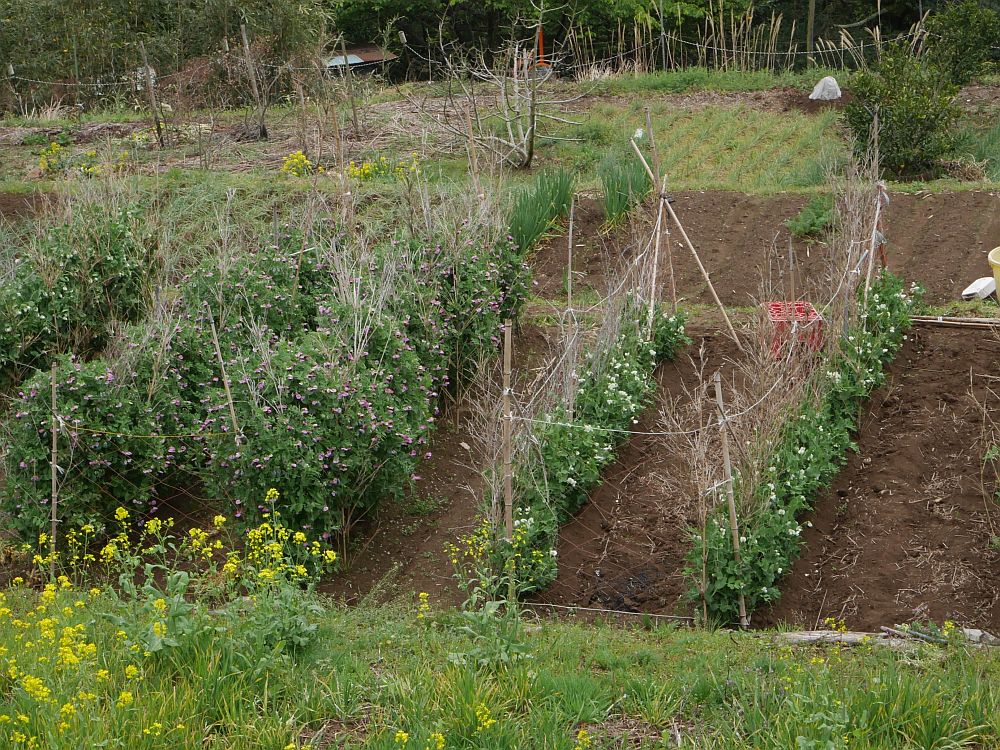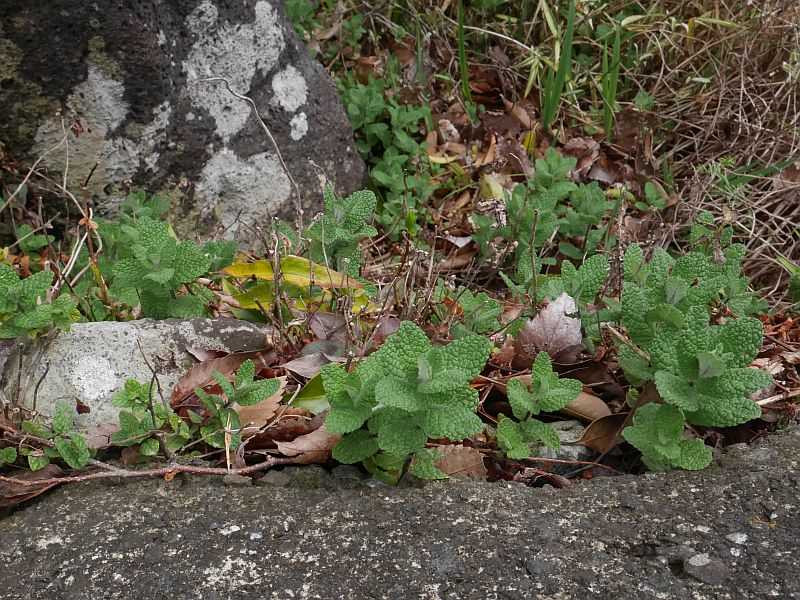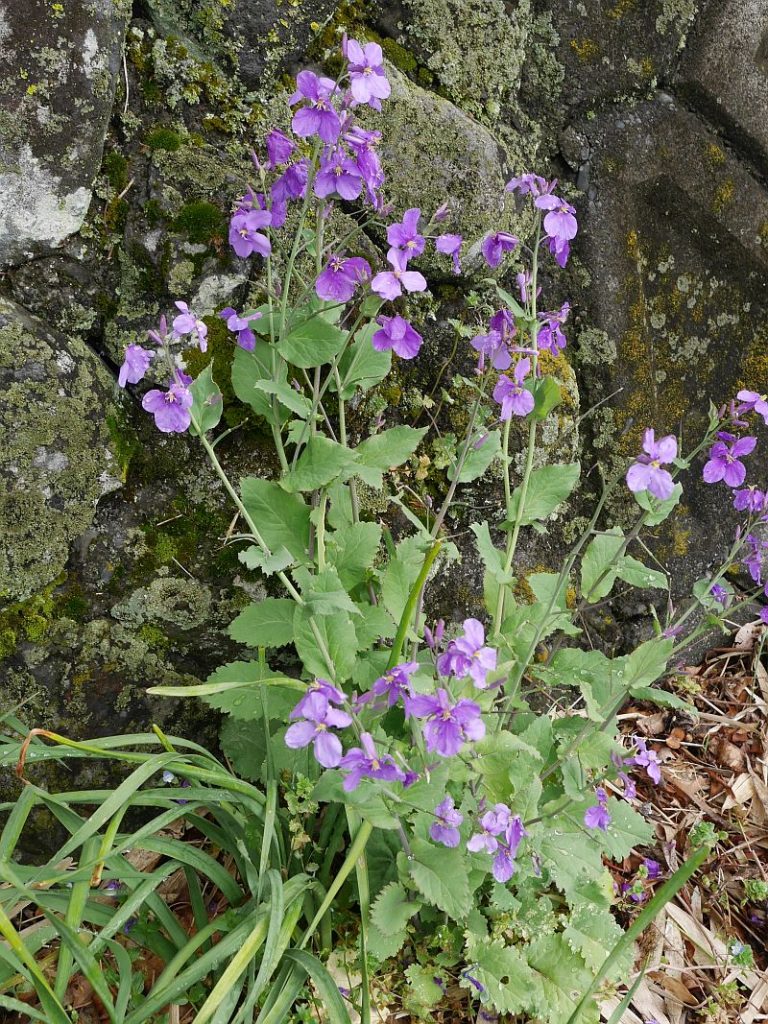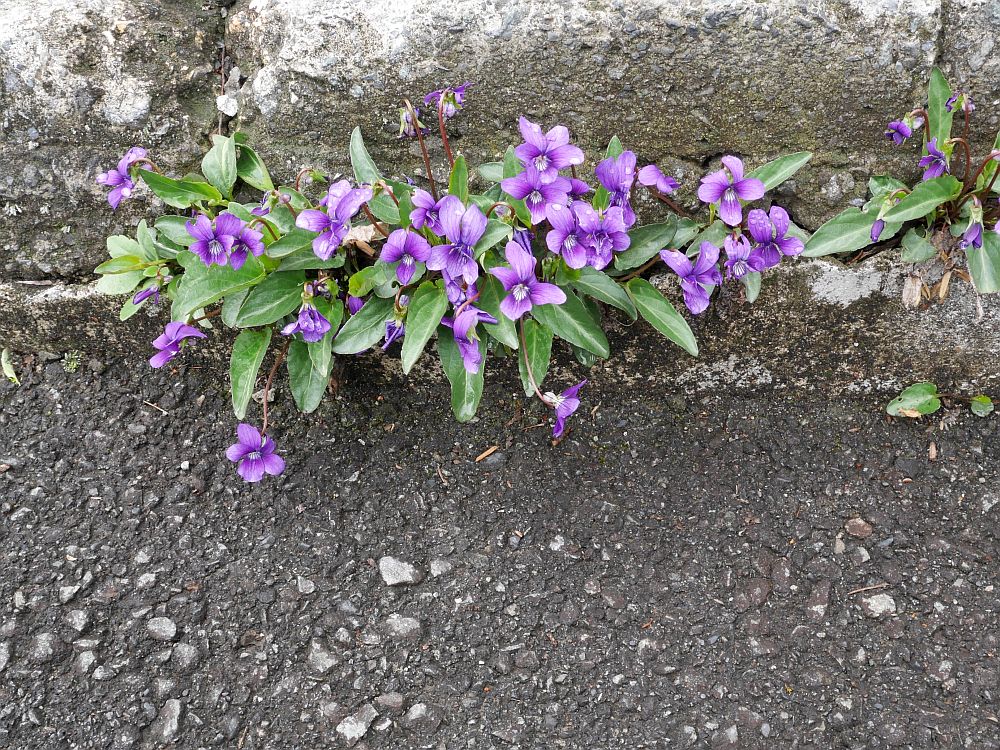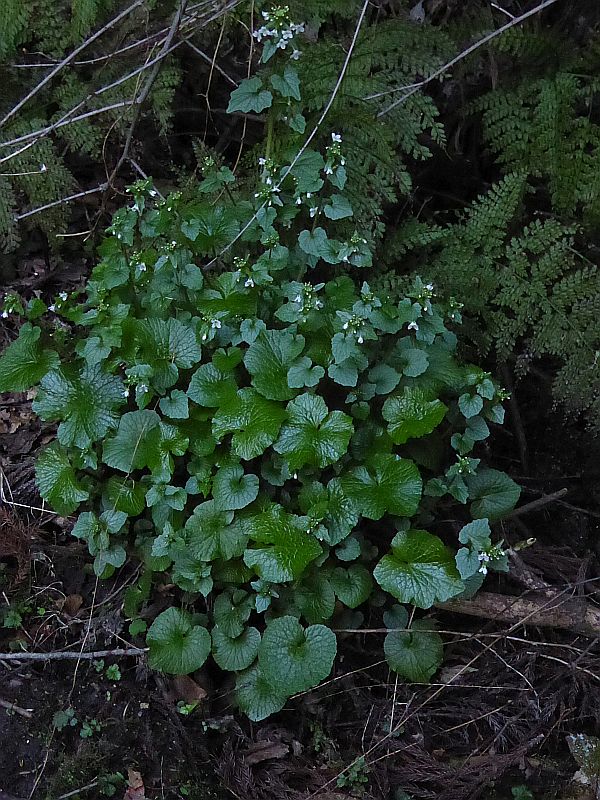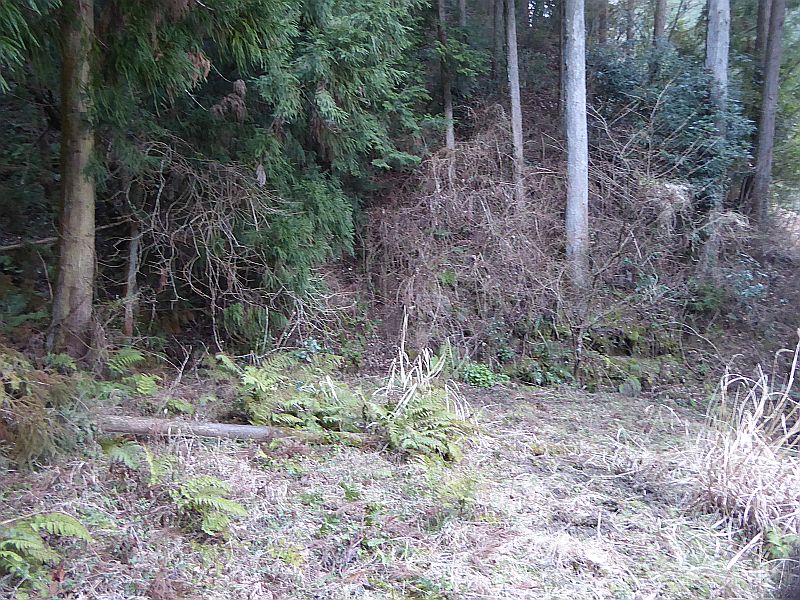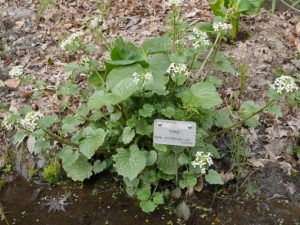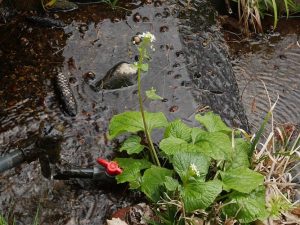First and second harvest of broad beans for drying to eat and next year’s seed. This is my “Væres Venner Mix” land race selected for maximum bean diversity each year – a joy to work with and candy for the eyes! The first sowing (first picture) were sown on 18th May and harvested on 19th September; the second sowing was on 2nd June and were harvested on 24th September (both were 5 different colour selections from last year’s crop; sown in 5 adjacent rows!)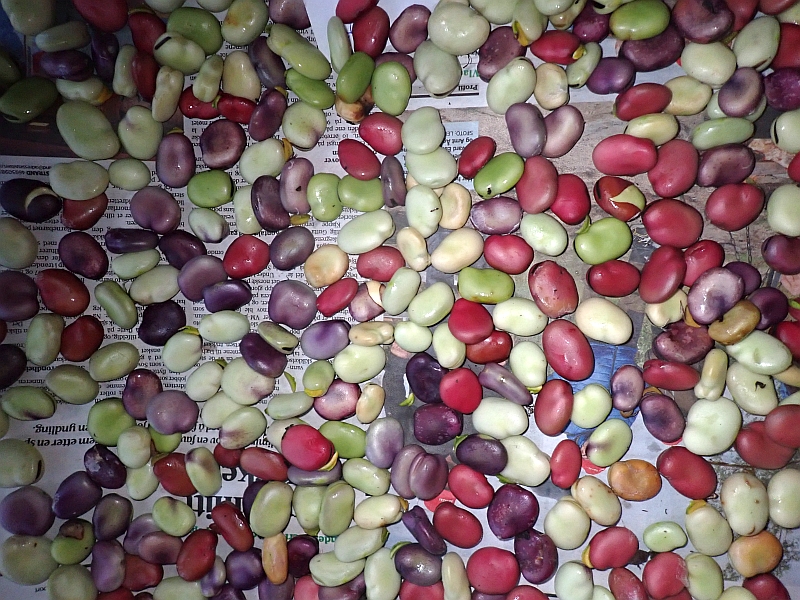

Tag Archives: Vicia faba
Selecting for a local early broad bean
I sowed broad (fava) bean / bondebønner (Vicia faba) seed indoors yesterday as there’s still snow where I’d planned to put them outside. In addition to my late broad bean grex with a mix of colours, I thought it would also be worthwhile to start developing a local early variety which could also potentially be useful in more marginal areas such as North Norway and mountain areas. I’m starting with 4 early varieties, two from IPK Gatersleben: 1) Expresse Zeer Vroege Witkiem (meaning “very early white germ (seed)” (FAB424), Express (FAB 7066), my own selection of the commercial variety Express which I’ve grown as my early sort for some years and another purportedly early variety De Monica from Chiltern Seeds. I’ll select mainly for earliness and seed size.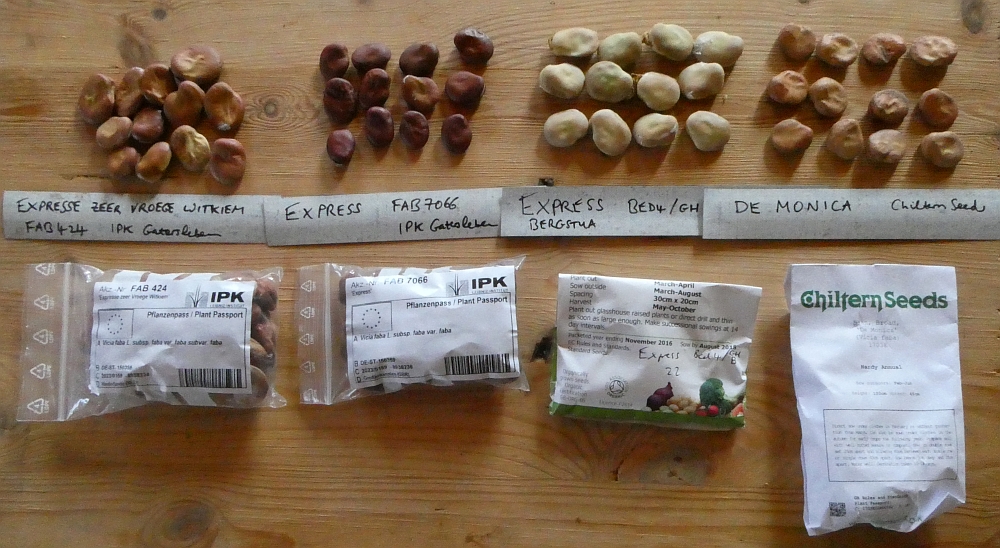
Red Cheeks and Fingerprints
I harvested two of the more beautiful broad (fava) beans I’ve grown yesterday, both of which originate in Canada. Red Cheek and Fingerprint favas. The diversity of forms, colours and sizes in these beans doesn’t cease to amaze me! I will definitely be trying to maintain these forms within my grex of broad beans (selection for a wide diversity of different forms every year and all planted close together so that they will cross promiscuously)!
Read legendary Will Bonsall’s article on fava beans where he talks about the diversity of forms and his collection of 250 varieties he maintains for Seed Savers Exchange: https://www.mofga.org/resources/beans/favas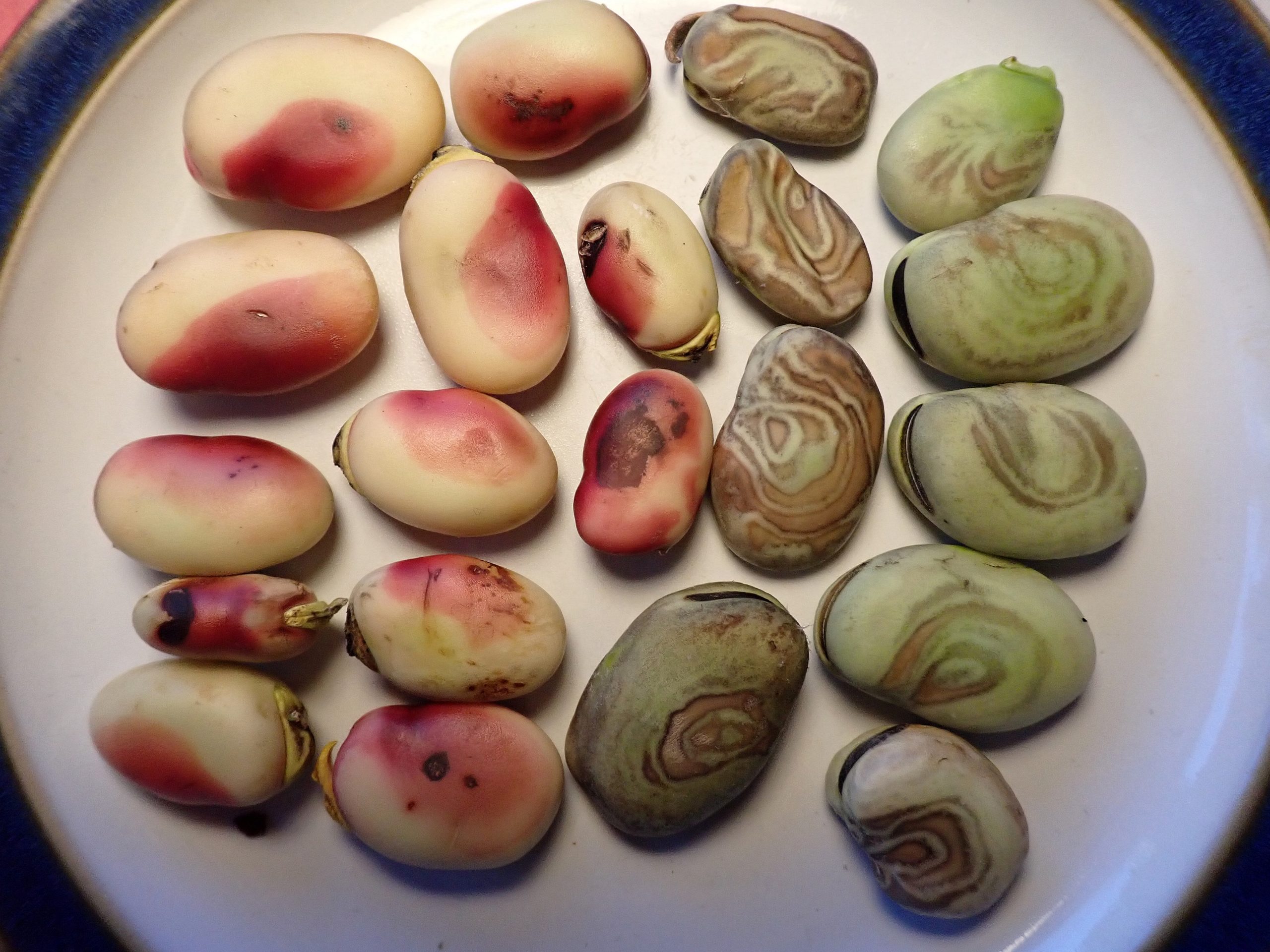

Broad Bean Diversity contributes to Resilience
Broad beans (favas / bondebønner) will easily cross with other varieties that are growing nearby. In order to keep a variety pure, you need to isolate them physically. I’ve chosen a different strategy and manage to maintain a mix of different bean colour and size forms by selecting for these characteristics every autumn. This automatically gives different flower colours too (broad beans are beautiful enough to be included in the edimental category and are also edi-ento-mentals as they are also extremely popular with bumblebees). Here are my selections which I made yesterday after drying the beans for storage. 
Each form will be stored separately and each variety will be planted close to each other in a large block of beans containing many different forms! I think that diversity within a species also contributes to a good harvest with better bean set. I have never had a crop failure using my own home saved mix of beans. I don’t offer the different forms as named varieties, but as a mix or composite “Væres Venner* Mix” through the KVANN / Norwegian Seed Savers yearbook (kvann.no) in February so that others can also select for separate forms!
*Væres Venner is the community garden where most are grown.
See also this post showing the diversity of flowers that produced these beans: https://www.edimentals.com/blog/?p=26183
A visit to a Wasabi farm on the Izu peninsular in Japan
The farm we visited was on the Izu peninsula, a popular tourist area. It was one of the most beautiful and naturalistic farms that I’ve witnessed anywhere and could be categorised as a permaculture forest garden with shade-loving wasabi growing in running water diverted from a river into an intricate series of neatly set out beds and intercropped with trees like loquat and other fruit. Most of the work seems to be done manually.
First, a few videos from the farm and below can be found an album of pictures of wasabi and other plants we saw, including at a shrine and associated vegetable garden adjacent to the farm! Wasabi has very narrower ecological requirements to produce well, including shade and running cool mountain spring water.
17th March 2019: I’m adding three pictures at the bottom of a group of “wild” wasabi plants growing in quite a dry shady environment in the hills near to Toyota in Japan!
I’m adding below three pictures of a group of wasabi plants growing in quite a dry shady environment in the hills near to Toyota in Japan:
…and a flowering plant in the Kyoto Botanical Gardens:
Broad bean diversity 2018

Black flowered broad bean
